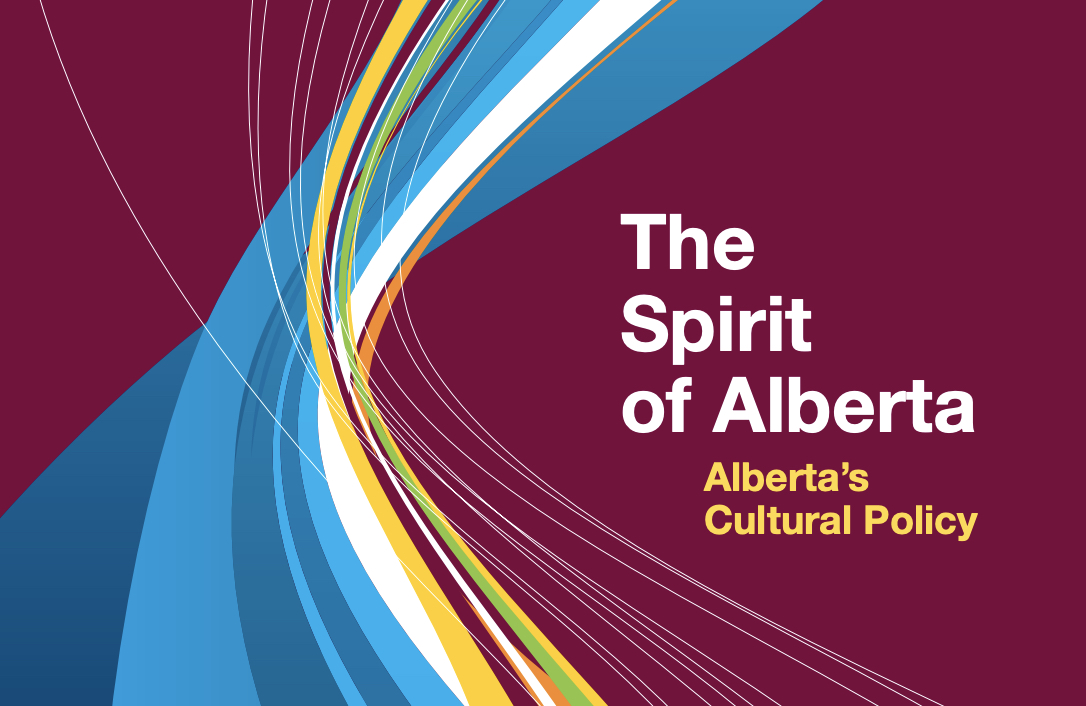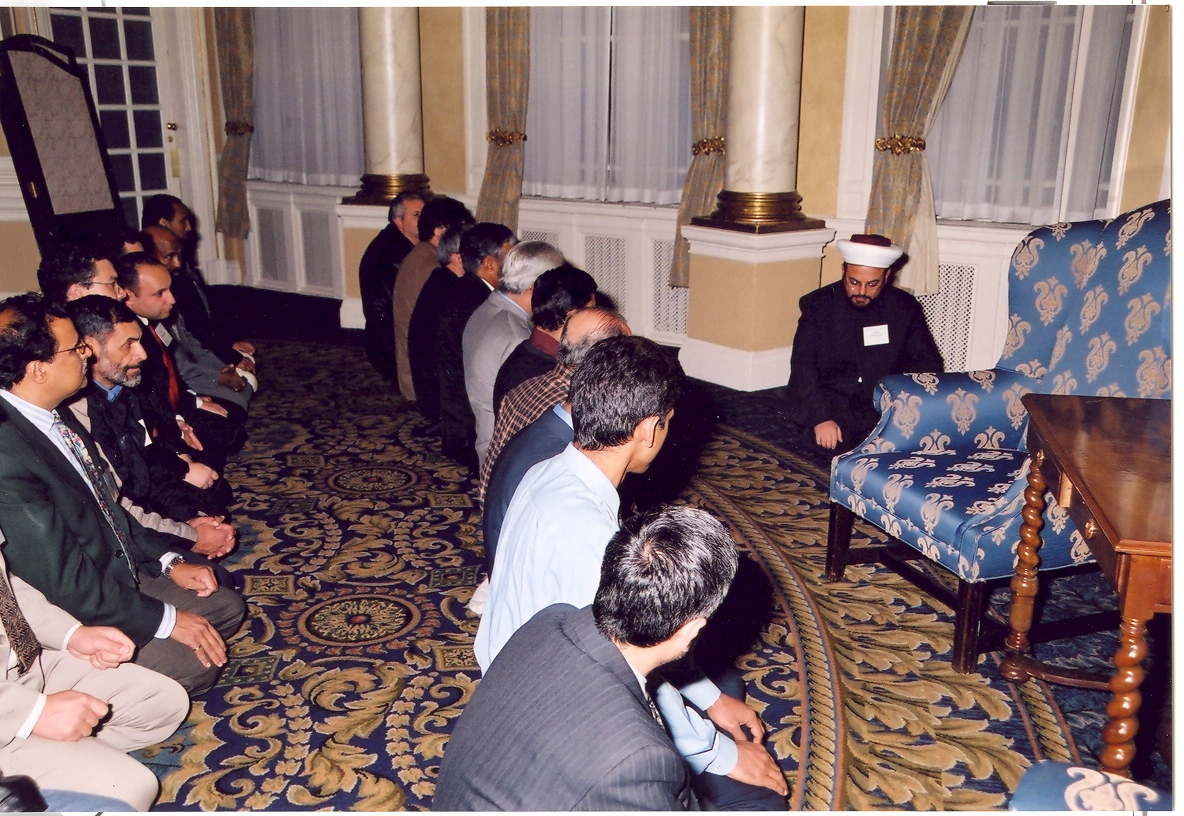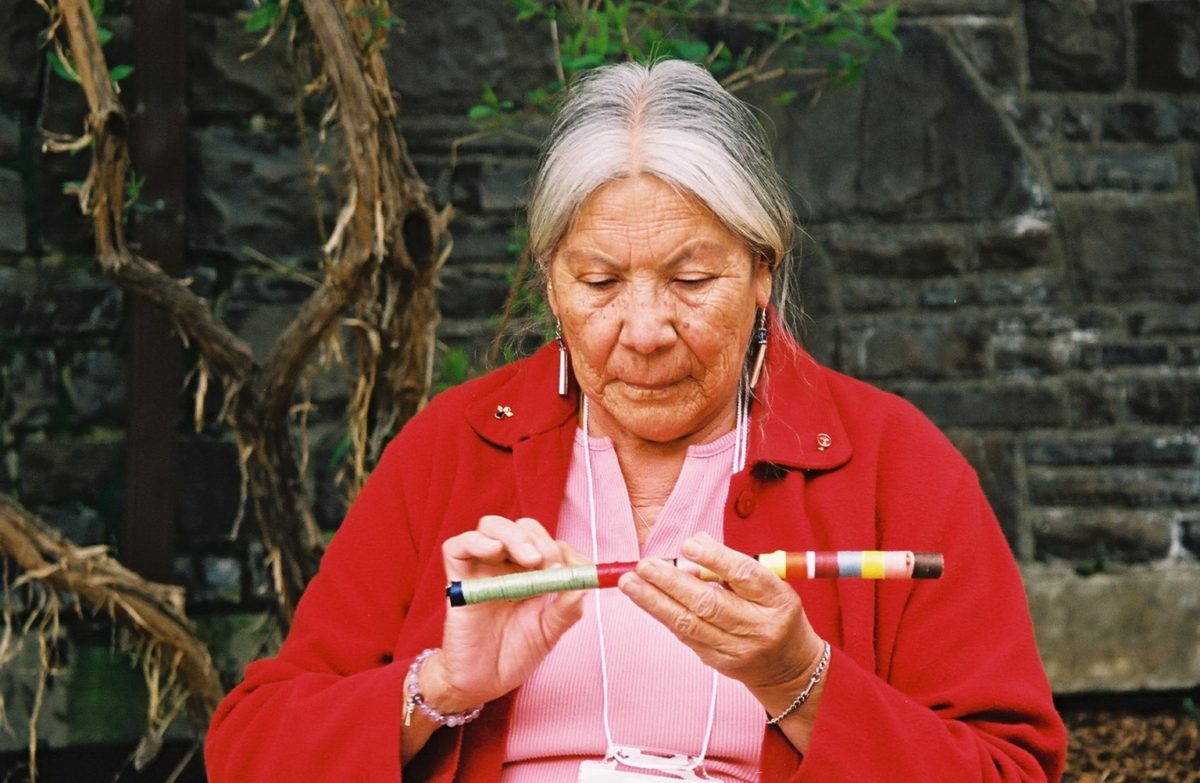It was September of 2001, just after 911. A guest of the US State Department’s Visitors Program, I was on the tail-end of a one-month tour of five American cities, which had been scheduled to launch on September 12. It was the opportunity of lifetime which on that fateful morning got cancelled and then put back on provided I could get myself to Washington. The first leg of the trip, New York, had been struck from the itinerary flights all over North America had been canceled. Through some stroke of fate, Air Canada got me on a flight to Toronto and sixteen hours later, I nervously disembarked a Greyhound bus in Washington DC. As the cab driver noted, with not a plane in sight, a rarity for this capital metropolis, “It’s quiet. Awful quiet.”
They say that you might not remember a person’s name, or what they do, but you can always remember how they made you feel. Over four weeks, I met with community and political leaders, and experienced the major attractions of the five cities I had selected to explore their unique solutions to issues of race, language and diversity. Along the way, I was moved to tears at the Chicago Museum of Art’s Van Gogh – Gaugin Exhibit, went behind the scenes at NASA, was welcomed with open arms as the only white person at a Sunday Baptist Service in Houston, and learned by osmosis The Star Spangled Banner, which inaugurated most events and concerts, including opening night at the Chicago Symphony Orchestra which closed with Schubert’s Unfinished Symphony. Over these four weeks, I felt America, the shock, the trauma, the anxiety, the depression, the bewilderment. And the kindness, hospitality and generosity of spirit.
From Washington, DC the train took me Chicago, then I boarded my first flight since Calgary to journey to Houston and from there I flew to Santa Fe. My final destination was San Francisco and on my way to listen to talk by David Eggers on his newly released, A Heartbreaking Work of Staggering Genius, I received a call from the board chair of the Canadian Unity Council to discuss how we as an organization should react to 911, suggesting a full page ad in the Calgary Herald in support of the Muslim Community.
We can do better, I thought. We needed to talk about this, bring people together, quell the fears, put out the metaphorical fires that were igniting in Calgary’s Muslim and Jewish communities. Casting back to that time, our homogenous, energy-based town knew little or nothing of Al Queda, Osama Bin Laden, or Islam in general. This, if there ever was one, was a teaching moment.
On my return, we gathered the leaders of the three faith communities and proposed a dinner where we would invite 250 influencers from all sectors – education, non-profit, law, policing, business, social services – to explore the challenges and opportunities arising from 911. The timing was ideal, it would occur 90 days after 911, during the holy month of Ramadan, an annual celebration unknown to the majority of our citizens.
We called it Breaking the Fast and designed the event so that every viable element would be an opportunity to learn, about Islam, about each other. Iftar, the evening meal, began with the call and prayer mats welcomed all guests in the room adjacent to the ballroom. The Palliser Hotel catering staff prepared a Halal feast, served family style. The dialogue was facilitated and each carefully curated table used a feather as a talking stick, to ensure that all voices were heard. Participants enjoyed the opportunity to engage in conversations about Islam, pluralism, racism and bridge-building initiative ideas. They put faces to names and settled into a comfort level with the “others”. I watched the evening unfold as we all experienced the power of symbols, rituals, music – art in its many forms.


